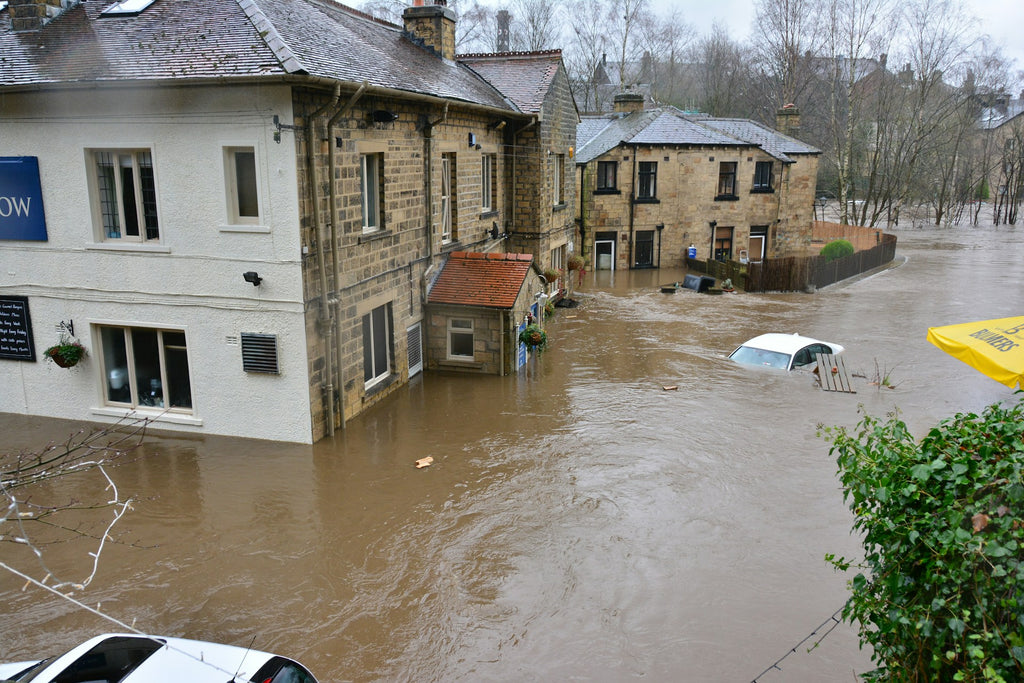Be Prepared: Essential Items for Your Disaster Preparedness Kit

When disaster strikes, being prepared can make all the difference. A well-stocked emergency kit can help you and your family survive for several days without external assistance. This comprehensive guide will walk you through the essential items you need for disaster preparedness.
Why You Need a Disaster Supplies Kit
In the aftermath of an emergency, you may need to survive on your own for several days. Having your own food, water, and other supplies is crucial. A disaster supplies kit is a collection of basic items your household may need in the event of an emergency.
Basic Disaster Supplies Kit: The Essentials
Store these items in airtight plastic bags and put your entire disaster supplies kit in one or two easy-to-carry containers such as plastic bins or a duffel bag. Your basic emergency supply kit should include:
- Water: One gallon per person per day for several days, for drinking and sanitation
- Food: At least a several-day supply of non-perishable food
- Battery-powered or hand-crank radio and a NOAA Weather Radio with tone alert
- Flashlight
- First aid kit
- Extra batteries
- Whistle to signal for help
- Dust mask to help filter contaminated air
- Plastic sheeting, scissors and duct tape for sheltering in place
- Moist towelettes, garbage bags, and plastic ties for personal sanitation
- Wrench or pliers to turn off utilities
- Manual can opener for food
- Local maps
- Cell phone with chargers and a backup battery
Additional Emergency Supplies to Consider
Based on your individual needs, consider adding these items to your emergency supply kit:
- Soap, hand sanitizer, and disinfecting wipes
- Prescription medications (organize and protect these carefully)
- Non-prescription medications (pain relievers, anti-diarrhea medication, etc.)
- Prescription eyeglasses and contact lens solution
- Infant formula, bottles, diapers, wipes, and diaper rash cream
- Pet food and extra water for your pet
- Cash or traveler's checks
- Important family documents (stored electronically or in a waterproof, portable container)
- Sleeping bag or warm blanket for each person
- Change of clothes and sturdy shoes
- Fire extinguisher
- Matches in a waterproof container
- Feminine supplies and personal hygiene items
- Mess kits, paper cups, plates, paper towels, and plastic utensils
- Paper and pencil
- Books, games, puzzles, or other activities for children
Maintaining Your Disaster Preparedness Kit
Once you've assembled your kit, remember to maintain it so it's ready when needed:
- Keep canned food in a cool, dry place
- Store boxed food in tightly closed plastic or metal containers
- Replace expired items as needed
- Re-think your needs every year and update your kit as your family's needs change
Where to Store Your Emergency Kits
Since emergencies can occur anywhere, prepare supplies for home, work, and your car:
- Home: Keep this kit in a designated place and have it ready in case you have to leave your home quickly. Ensure all family members know its location.
- Work: Be prepared to shelter at work for at least 24 hours. Include food, water, medicines, and comfortable walking shoes in a "grab and go" case.
- Car: Keep a kit of emergency supplies in your car in case you get stranded.
Conclusion
Being prepared for disasters is not about fear; it's about empowerment. By assembling and maintaining a comprehensive disaster preparedness kit, you're taking a crucial step towards ensuring the safety and well-being of yourself and your loved ones during emergencies. Remember, it's always better to have these supplies and not need them than to need them and not have them.


